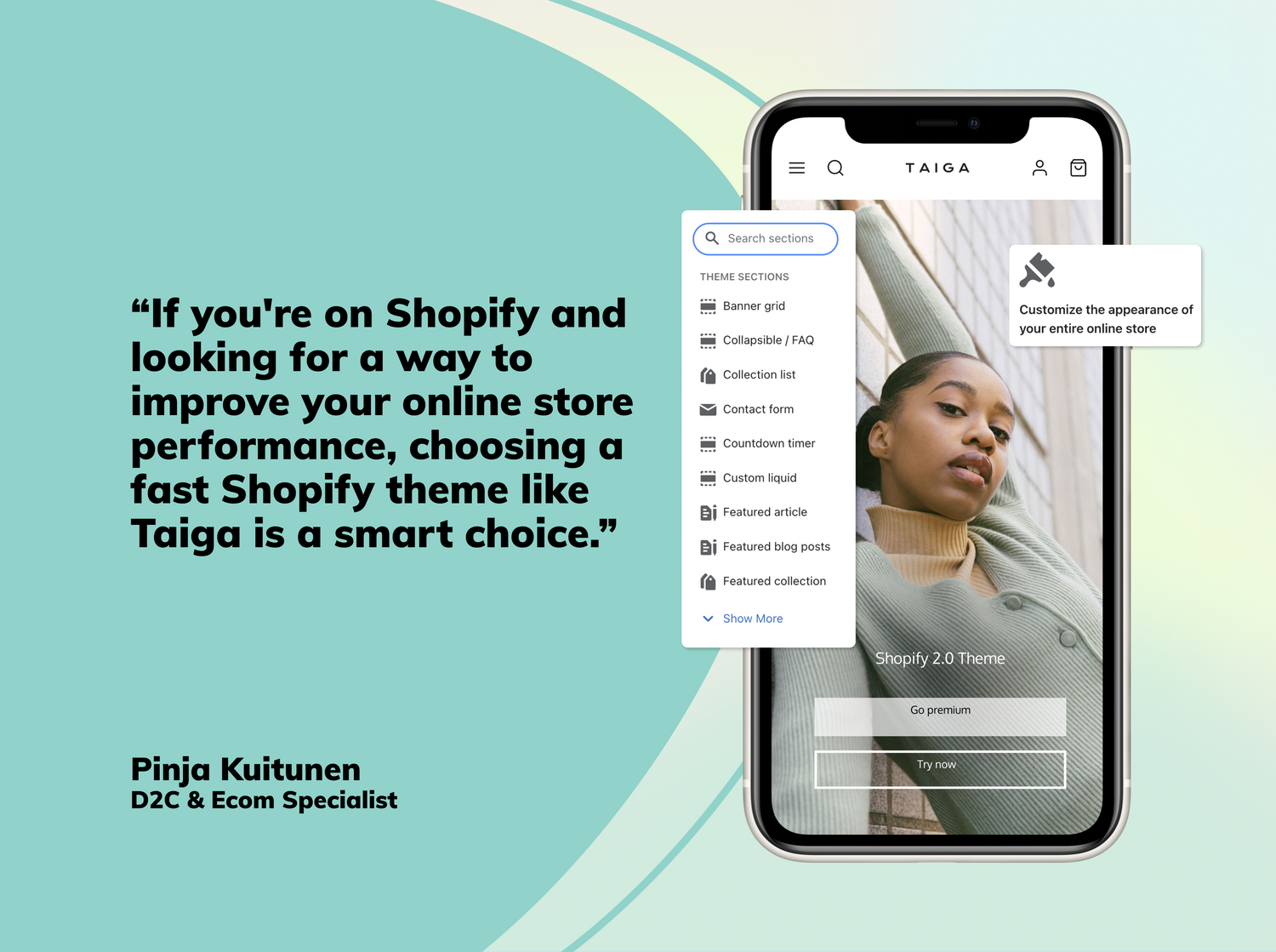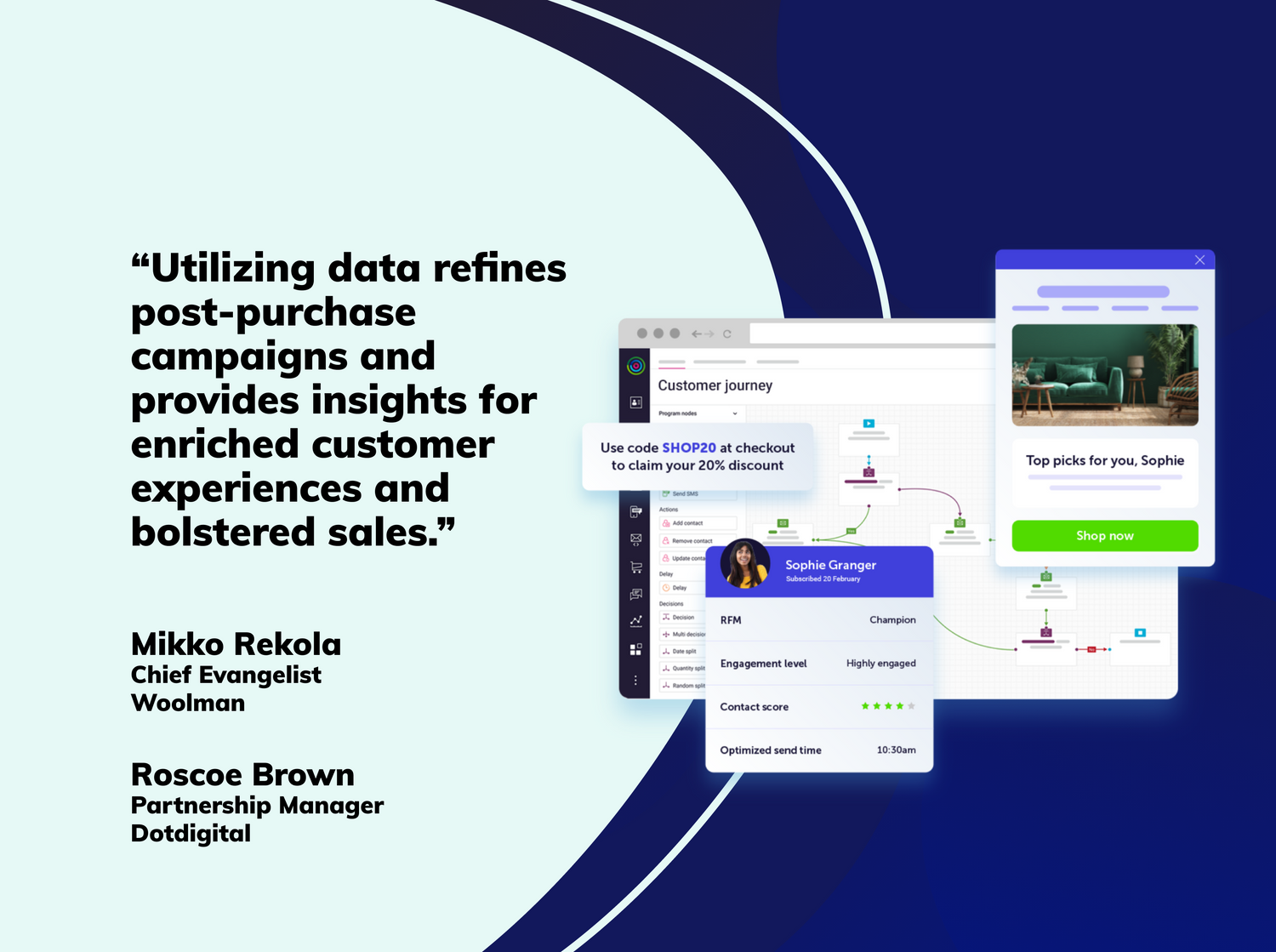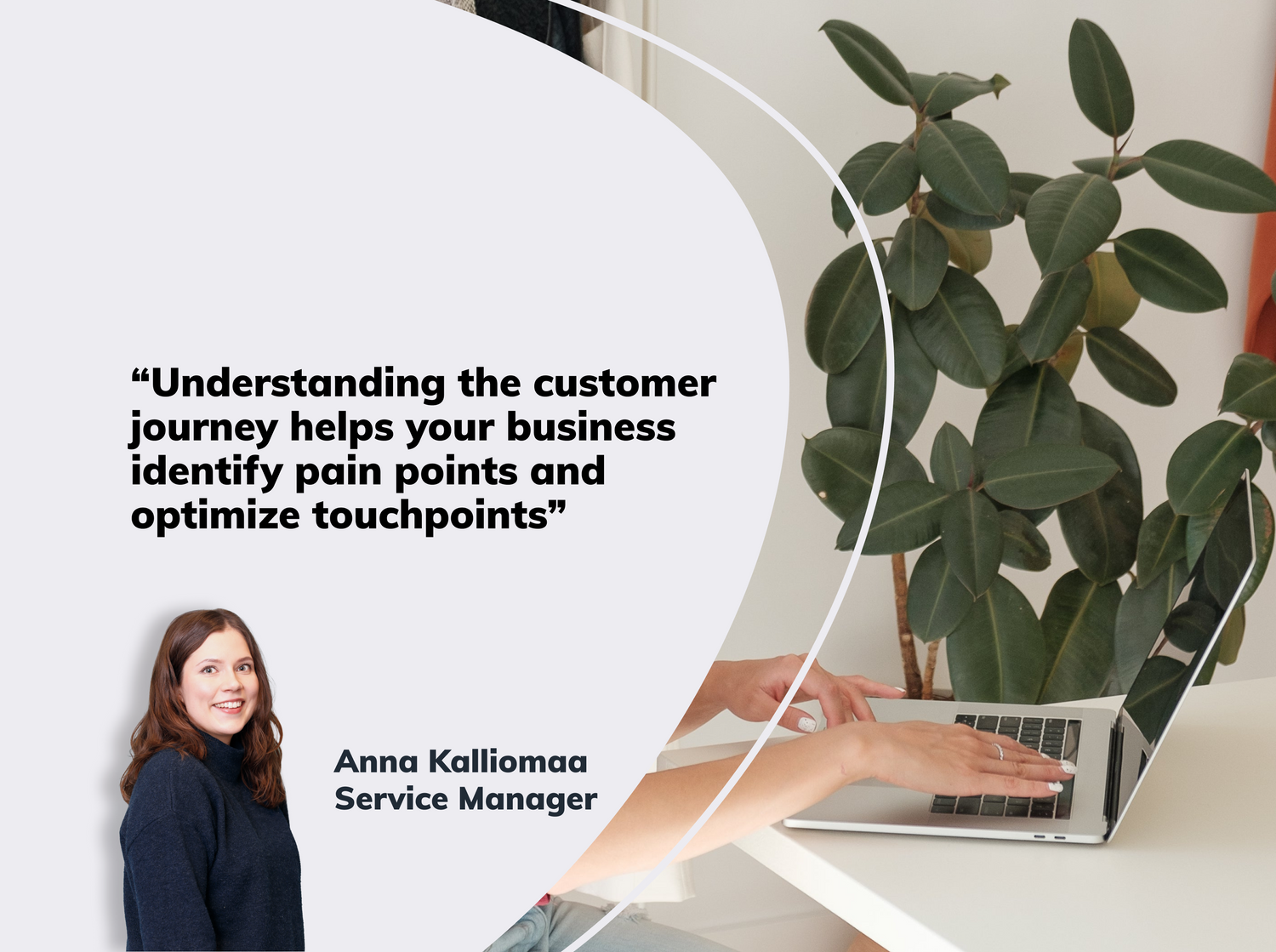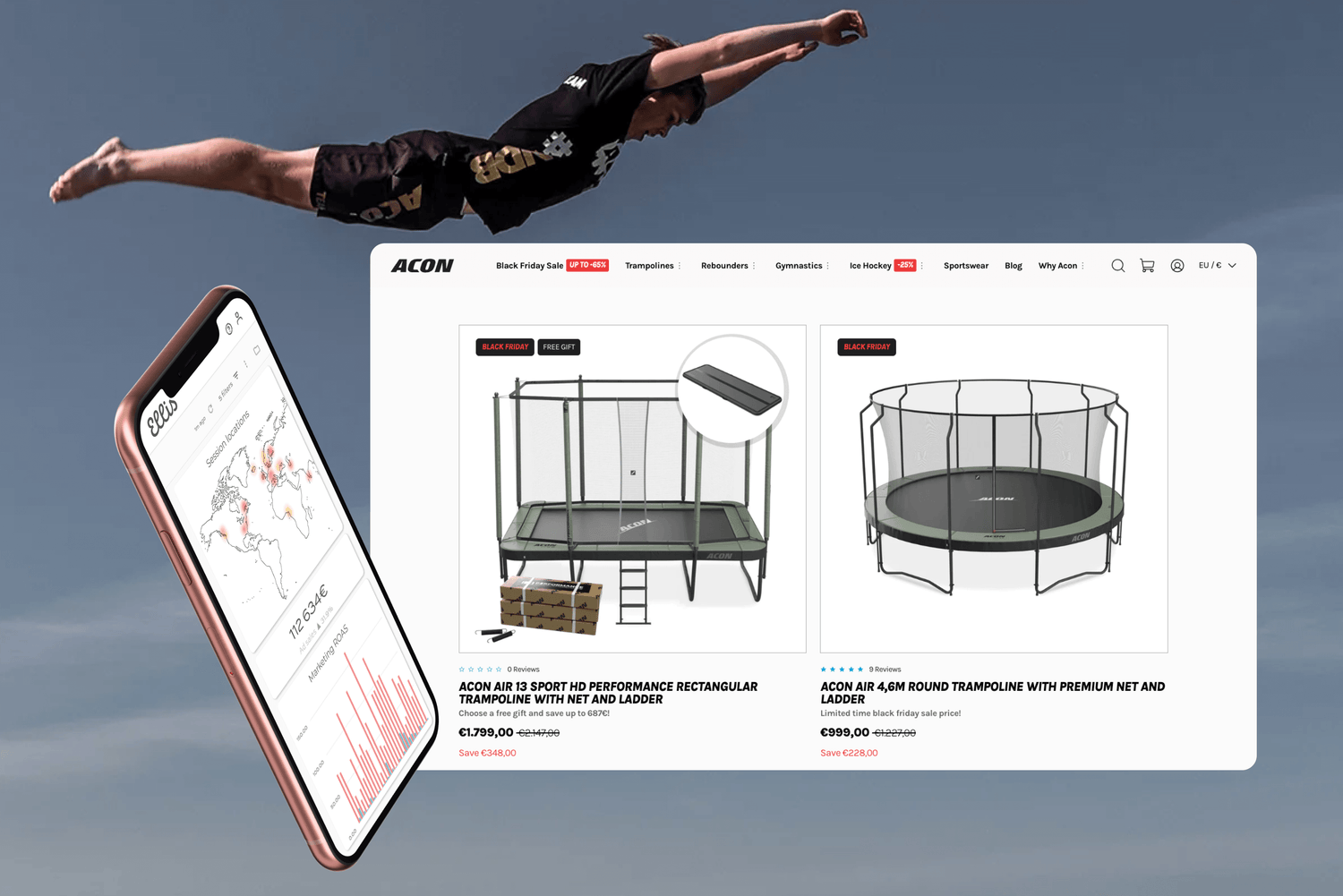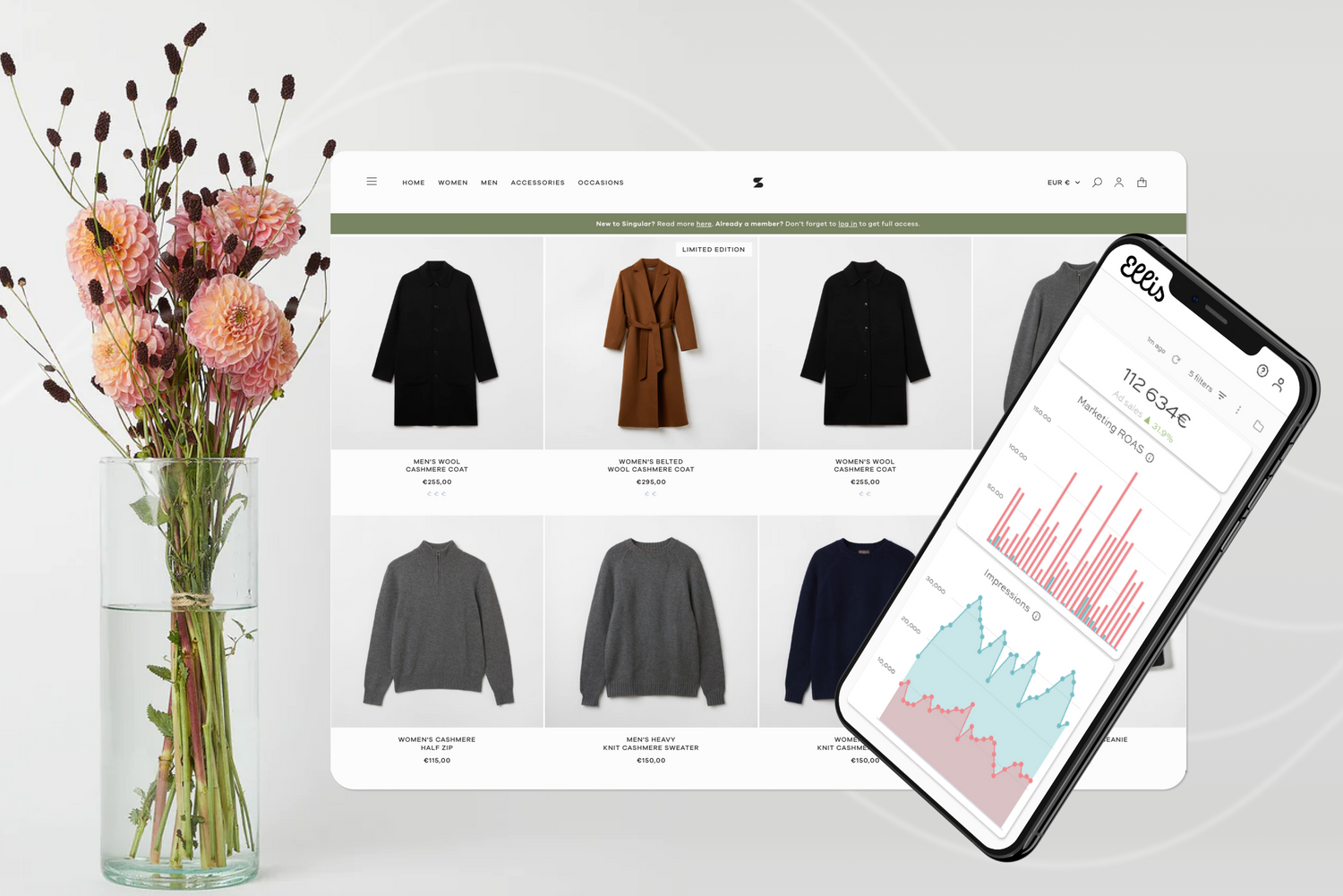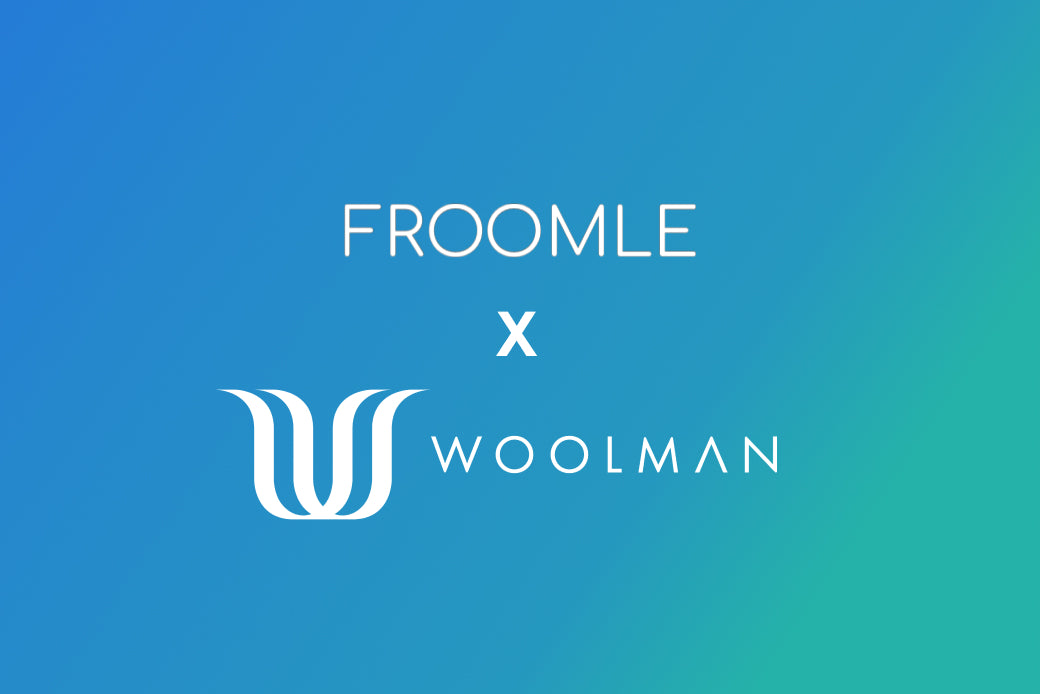
“Shopify is this and Shopify is that.” In this article we go through the most common claims made about a Shopify online store. Our team are e-commerce experts and we know Shopify like the back of our hand. We’ve heard all sorts of claims about what Shopify can’t do and what purposes it’s not suitable for. We’ve listed the most widespread of these in this article.
1. Shopify is an SaaS platform, so it can barely be modified
YES IT CAN BE MODIFIED. Shopify is an SaaS service, meaning the store’s data, functionalities, administration, data security and server room are all uploaded to the Shopify cloud. Shopify uses Google Cloud.
SaaS or Software as a Service is one common form of cloud service. SaaS is a service that is offered “from the cloud”, meaning you don’t need to install any new software to use it. The “core” of Shopify, the system code, servers and key functionalities, are all in Shopify’s hands. This does not mean, however, that the system is not very flexibly modifiable to merchants’ various needs.
The Shopify system can be modified to your needs in the following ways:
- Shopify’s own settings, which you can use to administer system functionalities and capabilities. These include payment methods, delivery options, taxes and notifications to customers (email and text messages).
- API or interfaces. Shopify is built on “API first”, that is, there is an interface with almost everything that enables customer-specific or ready-to-go integrations between Shopify and other systems.
- Public and private Shopify apps, with which the system can be given additional properties. On Shopify, the apps always work via interfaces. This prevents apps installed on the system from breaking the platform, because they do not make changes to the core of the system. Public or ready-to-go apps are downloaded directly from the Shopify App Store and private apps are merchant-specific solutions.
- Themes can be freely modified and separated from the actual business logic. Theme content is modified in the theme editor. There are no real limitations to the store’s look, for example. There are only limitations to modifying the checkout. You can read about the options for modifying a Shopify checkout here.
- Shopify provides good support for Headless Commerce. Read more on the Shopify page.
- The Shopify data model is expandable. You can add fields to all data objects, such as product, product groups, blog and content pages as well as orders and customer data.
2. All Shopify stores look the same
NO THEY DON’T. Shopify’s look and functionalities are based on themes and apps. The chosen theme can, however, be modified as desired. Brand colours and images, as well as how the chosen theme brings the brand to life, also strongly influence how a store looks. You can find tips for choosing a theme here or alternatively by contacting our experts.
The Shopify checkout can also be modified within limits. Shopify Plus has the most modification options. You can read more about the options for modifying a Shopify checkout, and the reasons for doing so, in this article.

Here are some sample clients of ours:
Fitfarm
Fitfarm, which sells online training sessions on its online store, wanted to make its product page style more visual. The product page is more reminiscent of a landing page than a traditional e-commerce product page. The client wanted more content, images and videos on the page than an off-the-peg online store theme would have offered.
Puhdistamo
The Puhdistamo site combines a store with a recipe blog. For the blog to serve the store more smoothly, the blog template was modified to link the products called for by the recipe clearly and visually to the store.
3. Shopify is only suitable for small online stores
WRONG. Over a million online stores worldwide use Shopify. This large number of stores includes both big and small ones. Some well-known international examples of Shopify stores are: Gymshark, Kylie Cosmetics and Redbull. The largest Shopify stores use Shopify Plus.
Some large Shopify merchants in Finland include:
If you’re interested in hearing more about Shopify Plus, contact our experts. We’ll be delighted to tell you more about the opportunities Shopify Plus offers.
4. Shopify is too American a platform and doesn’t suit European merchants’ way of doing things
NOT QUITE. Shopify is a Canadian company. It was founded in 2008 and the founder Tobi Lütke is still CEO. The platform was originally developed for merchants in North America, but as Shopify’s global conquest has progressed, it has changed into a platform that serves clients globally. Shopify is also working on expanding to Asian markets.
Companies in Europe and the Nordic countries, such as Woolman, help Shopify localize its services.
5. Shopify is in English, so I can’t use it and neither can my customers
EVERYTHING IS POSSIBLE!! Shopify can be translated at the customer-facing “front end” to any language. The Shopify merchant’s admin view is already available in several different languages. See the view here.
Several themes available from the Shopify Theme Store are already available in many other languages besides just English. If a certain language version is not available, the store can translate it itself into the language it wants.
You can read about delivering a Shopify store in several languages in this article.
The Shopify Help Center is also available in several different languages.
6. The Shopify checkout process has too many clicks!
ONE, TWO, THREE. The Shopify checkout is spread over three pages: customer details, delivery method, and payment method. Before these there is the shopping basket, which is technically not part of the checkout. The customer first fills in their customer data and then presses a button to go to the next page.
Shopify has studied a large number of options for implementing the checkout and decided on the current solution, in which the checkout is divided into several pages instead of a single-page checkout. It takes roughly the same amount of time to go through this multi-page checkout as it would to go through a single-page one.
You can read more about the Shopify checkout, and the options for modifying it, in this article.
7. You do not own your store’s data if you use a Shopify store
NOT QUITE. Shopify data management cannot be compared an Amazon marketplace, for example. The customer data stored on Shopify are for the merchant’s use.
8. An integration nightmare! Shopify is difficult to integrate into a local ERP system
NOT TRUE. Shopify has well documented interfaces and the online store platform has many ready-to-go integrations available for other SaaS services.
If interfaces can be found for a local ERP system, the integration can be done by an ERP provider or a third party. And even if the business systems are from the pre-internet era or the system has been tailored a lot over time, merchant-specific integrations can still be performed with the Shopify platform. If there are no interfaces, the integration from a business system can still be done with an ERP provider.
Contact our experts if you’d like to know more about integration options on the Shopify platform.
9. Shopify is only an online store – I also need content management tools and a customer register
NOT QUITE. Shopify can prove a handy content management tool! You can add one or more blogs to Shopify. A blog and online store on the same site support a harmonic customer experience.
We’ve written about Shopify’s blog functionalities. Read more here: Eight insightful ways to take advantage of a blog in e-commerce
Administering customer accounts is also easy with Shopify. You can read more about customer relationship management in the Shopify instruction centre.
10. Using Shopify becomes expensive when an online store get big enough
NO IT DOESN’T! Shopify’s pricing changes by degrees in accordance with the chosen store level. If your sales grow enough, you should switch to the next Shopify level. Current price list on the Shopify site. Different Shopify solutions also contain different properties, such as for gift cards and reporting opportunities.
Price levels:
- Basic USD 29/month + 2.0% sales commission
- Shopify USD 79/month + 1.0% sales commission
- Advanced USD 299/month + 0.5% sales commission
The Shopify Plus e-commerce solution pricing depends on the entire package chosen. You can find out more about pricing by contacting our experts. So when, then, should I consider Shopify Plus instead of Shopify? Read more in this article.
In addition to a monthly fee and sales commission, the add-on apps for Shopify may come at a charge. Apps may have a one-off fee, a monthly fee or a usage-based fee. In addition, payment and delivery method providers may charge for their services.
The Shopify themes mentioned above may be free or for a charge. Themes for a charge are only bought once, but if you have several Shopify online stores, you buy a separate them for each store.
Anything we didn’t cover? Contact our experts and we’ll be delighted to talk about any other claims you’ve heard about Shopify – and the truth!
Looking for some more to read?
- Shopify vs. Shopify Plus – When should you move into the fast lane?
- Eight insightful ways to take advantage of a blog in e-commerce



